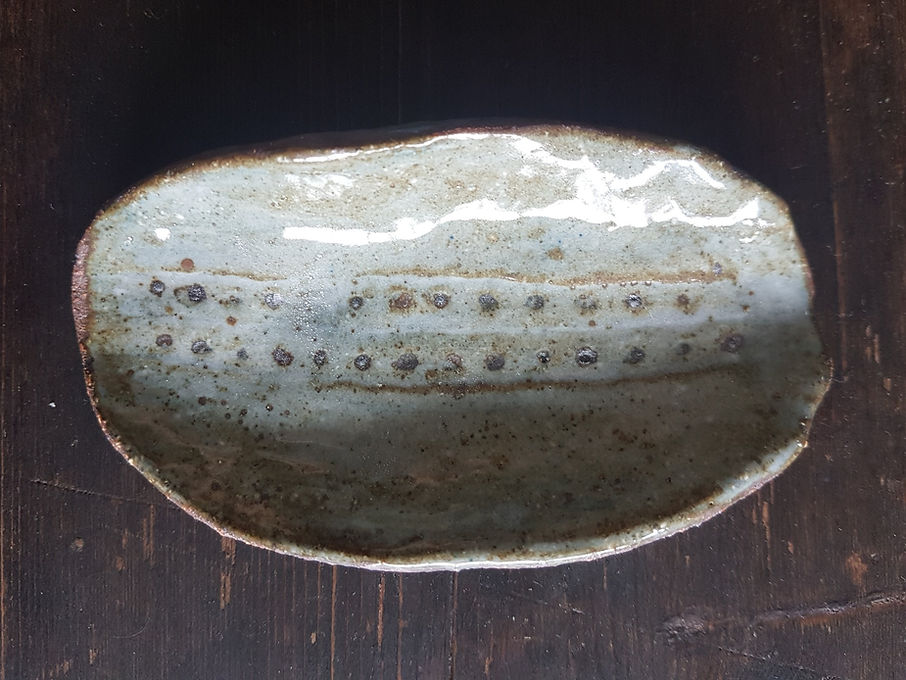
VALUES
EMOTIONS AND THE BODY
Are we embodied minds or mindful bodies?
My practice focuses on the primacy of the body as the vehicle through which we experience the world and the world experiences us.
Th majority of our communication is non-verbal and so it is important to tend to the body and what it has to say.
Emotions can be seen as an invitation to attend to something that really matters matters to us. They make themselves known in the body as a series of physiological processes- tears in our eyes, , a lump in our throats, butterflies in our tummy, heat, tightness, softness in our chest.
We take time to meet these as our "allies" in the therapeutic process who are guiding us toward the heart of what matters.


THE CREATIVE PROCESS
To hold the world in a grain of sand and infinity in an hour"
Creative processes have a delightful and gentle capacity to inspire our curiosity and open us onto perspectives never previously considered; it beckons us to wonder beyond what we know cognitively in the acts of interpretation or hypothesising.
Images and metaphors held in a line drawing or ball of clay can be miniature worlds of our experiencing and may be fertile ground for understanding ourselves better.
EMERGENCE
Inviting the unknown
Stories of what we already know are laid aside to discover what is presenting itself to us now, in the creative process and artworks we create.
The very reason we undertake therapeutic inquiry is to come to know something more than what is a given, so that we may get to where we wish to be.
It is an acknowledgement that the story we have held to is no longer enough to support us in our flourishing.
It is a step in creative adaptation.


OUR AMAZING NERVOUS SYSTEMS
"You can never step in the same river twice, for you are not the same person and it is not the same river"
Modern neuroscience now recognises the incredibly malleable nature of the brain and our nervous systems to adapt and change as is required. we have intensive periods of neuroplasticity as infants and teenagers, but this capacity is never lost - no matter what our age.
Entrenched behaviours and learned responses for survival can be gently but diligently worked with and new pathways of safety can be formed in our bodies, profoundly shifting the way we relate to our world.
